Warning: This article contains descriptions of graphic scenes.
A bullet fired by a Russian sniper hit Azov Brigade member Artem Dubyna in the head and passed through his neck. "He's dead," crackled the message over the radio to his comrades.
But Dubyna's heart was still beating.
Evacuating his unconscious body from the spot where he was shot — inside the Azovstal steel plant, Ukraine's final stronghold during the Russian siege of Mariupol in the spring of 2022 — was nearly impossible amid relentless Russian bombardment.
As he began to show faint signs of life, his comrades launched a daring effort to rescue him. With a Russian sniper still watching the area, Ukrainian mortar teams deployed smoke rounds to cloak the position, providing just enough cover to carry out the evacuation.
"I spent three days in a coma (in a makeshift hospital in Azovstal)," Dubyna, 38, says. "I experienced a complete loss of memory. I didn't remember who I was or where I was."
Though he survived and gradually regained his memory, returning to serve as a press officer for Azov — a symbol of Ukraine's resistance through its tenacious defense of Mariupol in the first three months of the full-scale war — the nightmare was far from over.
On May 16, 2022, Azovstal defenders were ordered to surrender to the encircling Russian forces. Exactly three years ago, on May 20, 2022, the surrender concluded. Dubyna, along with hundreds of other soldiers, was sent into Russian captivity, where he spent two and a half years.
Though 485 Azovstal defenders have been released from captivity since 2022, around 850 remain in Russian prisons three years later. The full extent of what happened in Azovstal and Mariupol may only come to light when every defender is free to share their story.
Still, the way Ukrainian soldiers defended the plant, despite injuries, exhaustion, and severe shortages of ammunition and even food, has already gone down in history as one of the most heroic military operations to date.
The last battle
Dubyna, who goes by the callsign "Nikopol," after his hometown, joined Azov as a press officer in 2016. He left military service around 2020 to return to journalism, hoping to settle down and build a family.
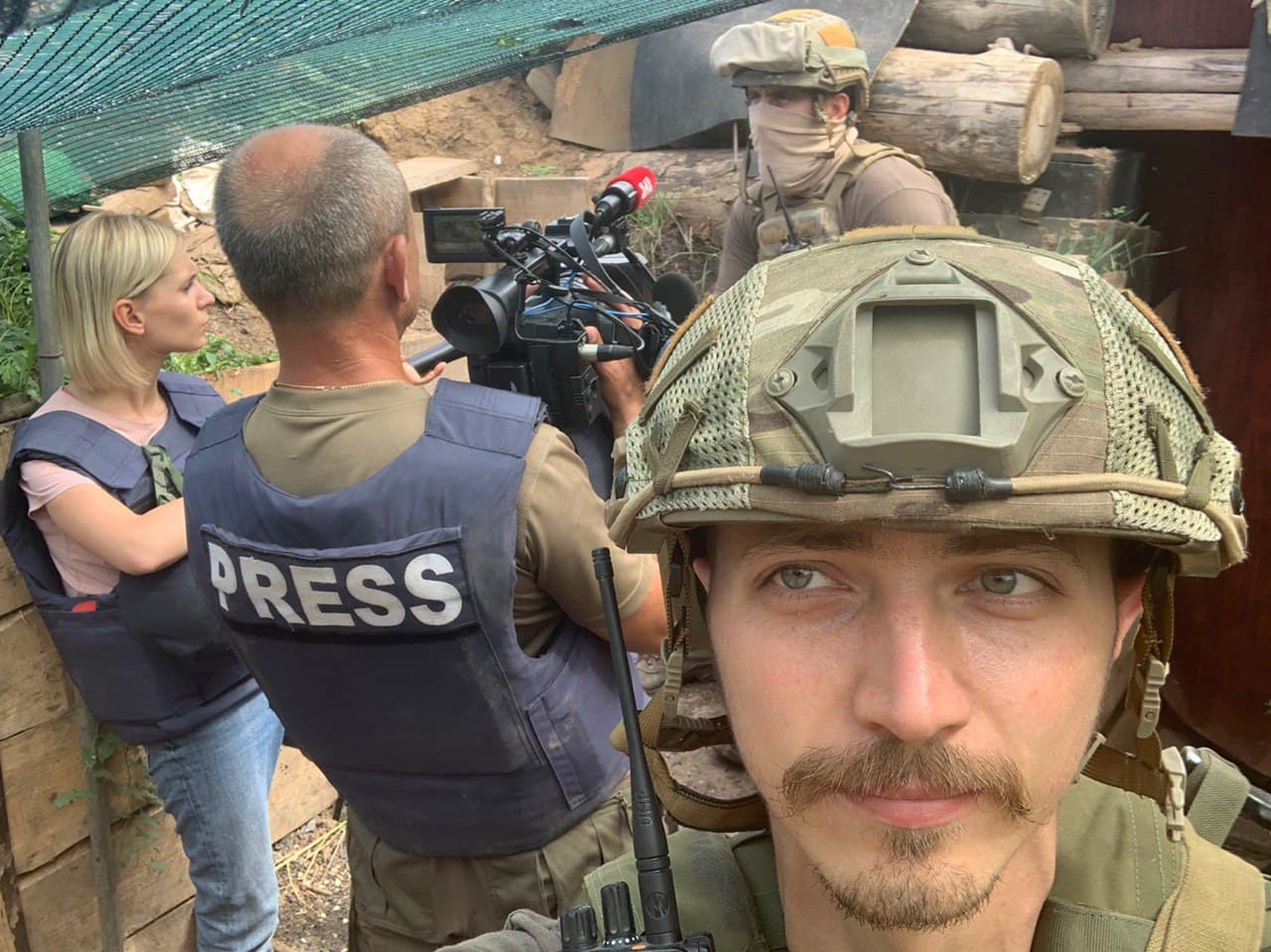
But just two years later, instead of the calm life he'd hoped to build, Dubyna found himself back in uniform and straight into hell: Mariupol, at the center of the war's most brutal early battles.
"We understood that this would be a siege, and that we'd face a large concentration of enemy forces. But we also knew that the longer we held Mariupol, the more enemy forces would be tied down there, and those in surrounding cities (like Zaporizhzhia) would have time to prepare (for further assaults)," Dubyna recalls.
As Russian troops advanced on Mariupol, Ukrainian defenders were pushed further back, with Azovstal — a vast steel plant featuring extensive underground tunnels — ultimately serving as their final bastion.
"I had lost a lot of blood, but there was no way to give me a transfusion or fluids, so my body had to recover on its own."
Inside the plant, Ukrainian forces held their ground despite being cut off from supplies and surrounded by civilians, as Russian attacks leveled Mariupol around them.
To show the world the scale of Russia's assault, Azov's press service operated under life-threatening conditions, gathering footage and information from various positions across the city and later from inside the steel plant itself, Dubyna recalls.
"I spent about a month working in the press unit before being reassigned to one of the positions at Azovstal. It was supposed to be an observation post, but by then, there weren't enough people, too many were wounded or killed, so they had to pull officers from headquarters," Dubyna says.
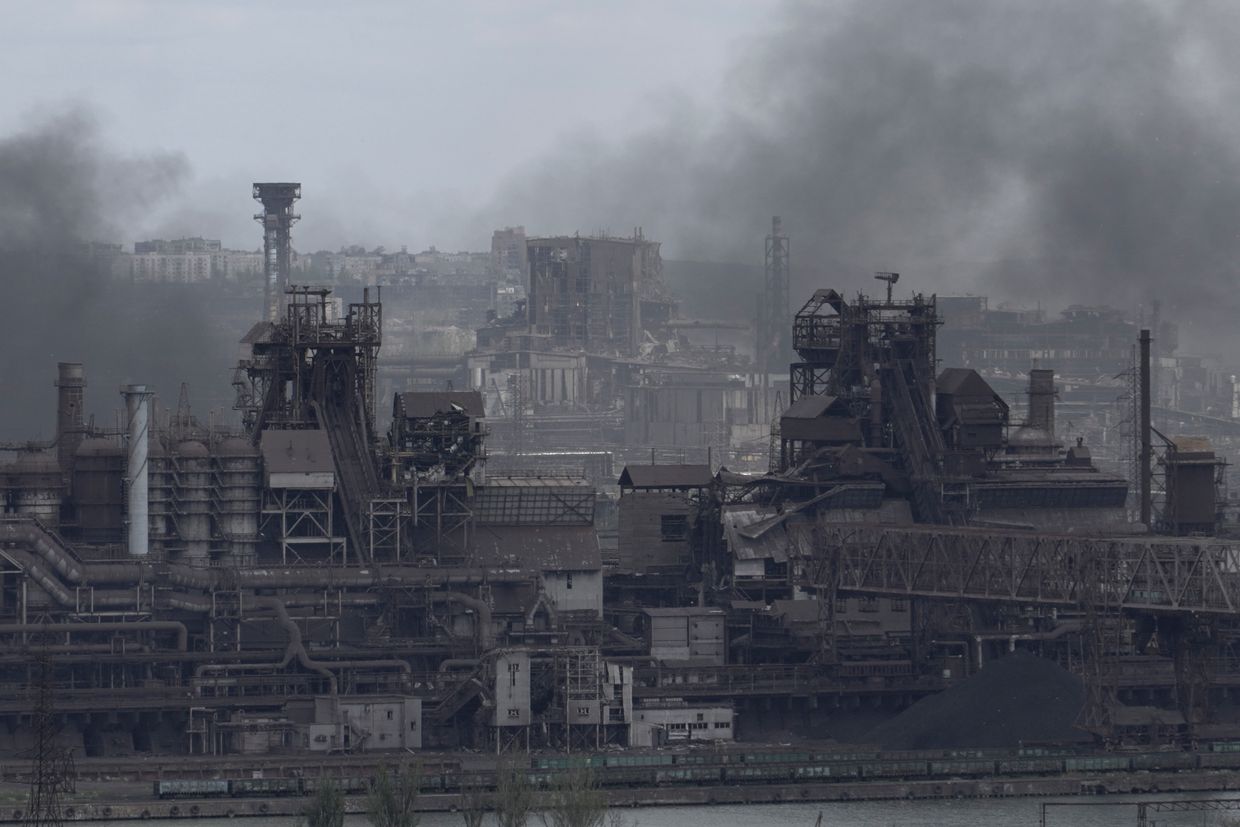
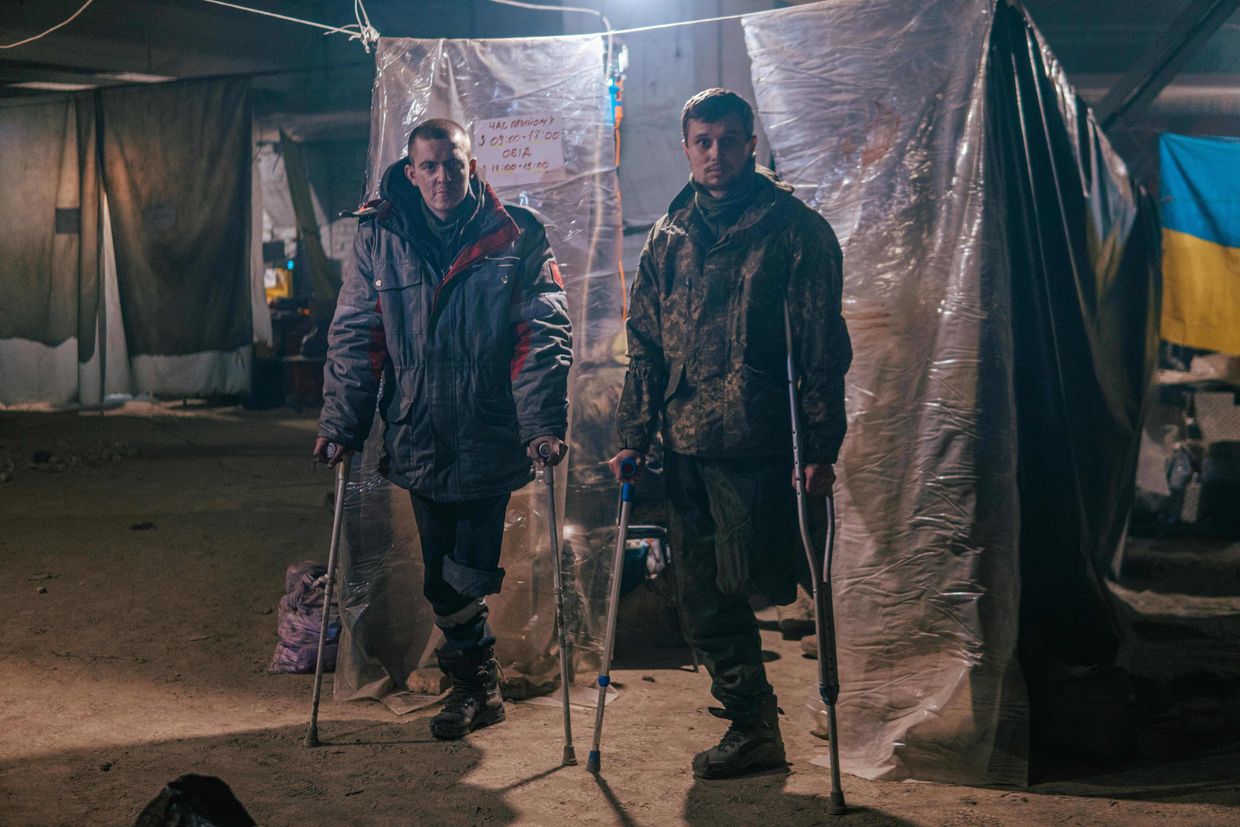
"Our task was to monitor enemy movements and, if necessary, take up positions and hold the line," he adds. "And during one of these actions, I was wounded."
Dubyna says doctors were surprised he survived such a severe injury. He explained that the bullet passed through his neck, detaching arteries and veins from the muscles without rupturing the arteries themselves, which prevented rapid blood loss.
"At that point, (medics) didn't even have the means to transfuse blood to those who had lost it or provide any significant medical support," he recalls. "I had lost a lot of blood, but there was no way to give me a transfusion or fluids, so my body had to recover on its own."
About 10 days after his injury, Dubyna returned to his duties as a press officer.
"I even started writing some texts; it was tough to form sentences and string words together, but I tried to help however I could," he says.
As the battle escalated and Russian troops advanced deeper into the Azovstal plant, the defenders were ordered to surrender to save their lives.
"Under the conditions we were held in, many people lost their lives due to severe beatings and illnesses in captivity."
"When Redis (Colonel Denys Prokopenko, Azov commander) gathered us and told us there was an order from the commander-in-chief to preserve lives, we accepted it calmly because we understood it was a direct order, and we had to carry it out," Dubyna says.
"But before that, no one saw surrender as an option. Everyone was prepared for the last battle," he says, adding that some soldiers even asked their comrades to kill them if they were severely wounded, just to avoid capture.
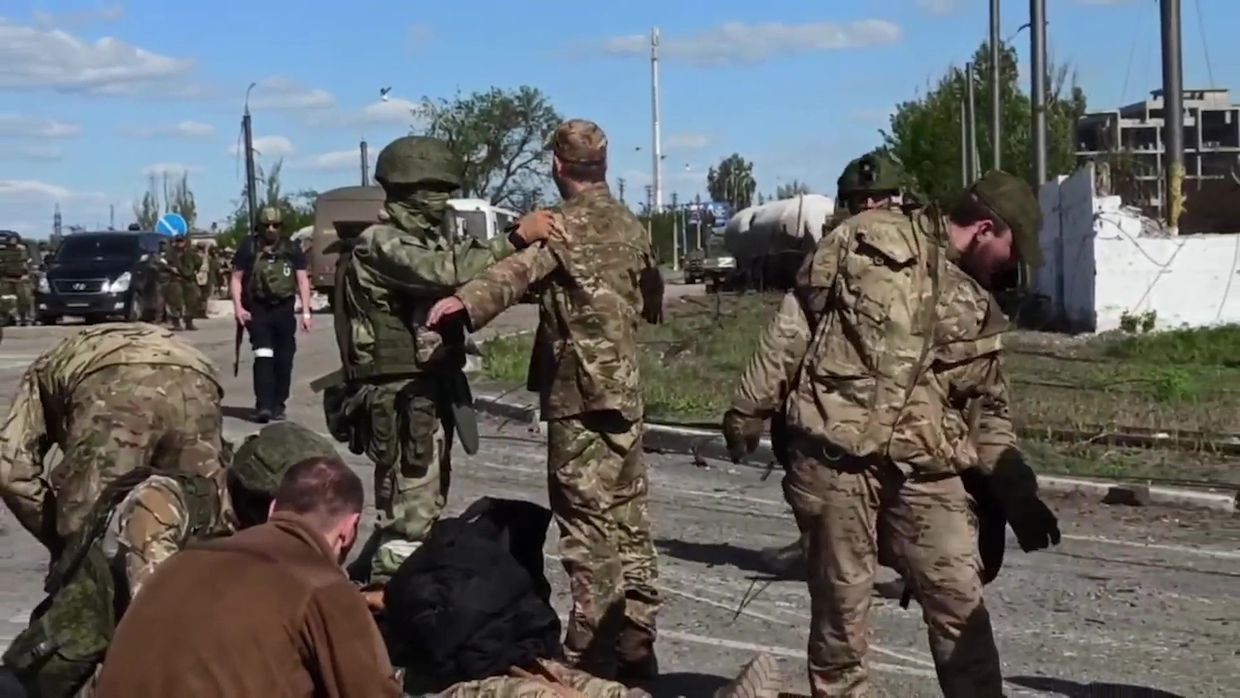
Dubyna says he was skeptical from the start about Russia's promise to release them after just a few months in captivity.
"Knowing the kind of enemy we were facing… I never believed it would be a quick release," he says.
"Unfortunately, under the conditions we were held in, many people lost their lives due to severe beatings and illnesses in captivity."
It was, essentially, a ticket from one hell to another.
12 never-before-seen photos from Azovstal defense (Photos)
The defense of the Azovstal steel plant, Ukraine’s last stronghold during the Russian siege of Mariupol in the spring of 2022, remains one of the most heroic operations carried out by the Ukrainian soldiers to date. The plant was under constant Russian bombardment for nearly two months, and those stuck

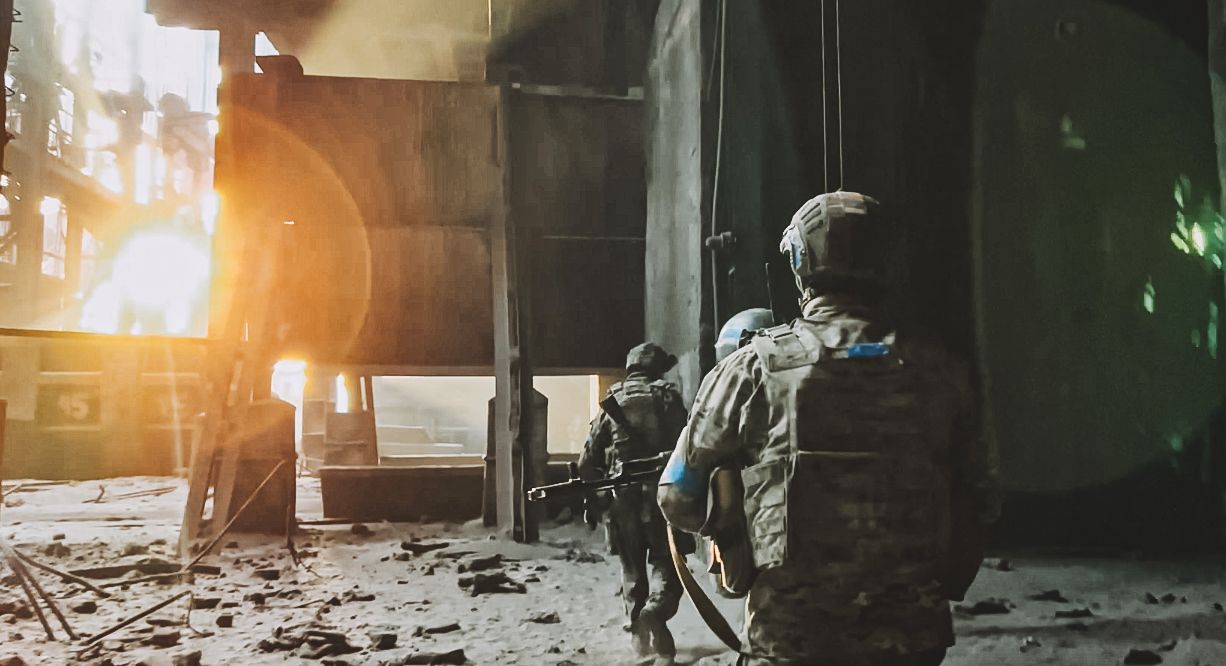
Routine torture
The evacuation from Azovstal ended on May 20, 2022, with Ukrainian soldiers transferred to a penal colony in Russian-occupied Olenivka, Donetsk Oblast, now infamous as the site of the mass killing of Azov fighters.
On July 28, an explosion killed 54 Ukrainian prisoners of war and injured over 150 at the Olenivka penal colony. Dubyna, who witnessed the event, says he is certain Russian forces were responsible, despite their attempts to blame Ukraine for the attack.
He says that a day before the attack, Russian guards gathered about 200 Azov fighters in one of the barracks.
"At first, we thought this was the start of a prisoner exchange," Dubyna recalls.
"They would threaten to cut off ears or a nose, pressing a knife to the ear and starting to cut it slightly, causing bleeding, all meant to terrify and break the prisoners."
Then, at night, a powerful blast occurred. Dubyna says the prison's authorities prevented any assistance from reaching the injured.
"Only those inside that barrack tried to help each other with whatever they had, which was nothing. They tore their clothes to make bandages and did their best to save one another, pulling people out of the burning building."
Those Ukrainian POWs who survived the blast in Olenivka were later transferred to the detention center in Russia's Taganrog, infamous for the use of torture against prisoners. It started as soon as the POWs arrived there.
"They just started throwing us onto the floor from trucks like we were sacks," Dubyna says.
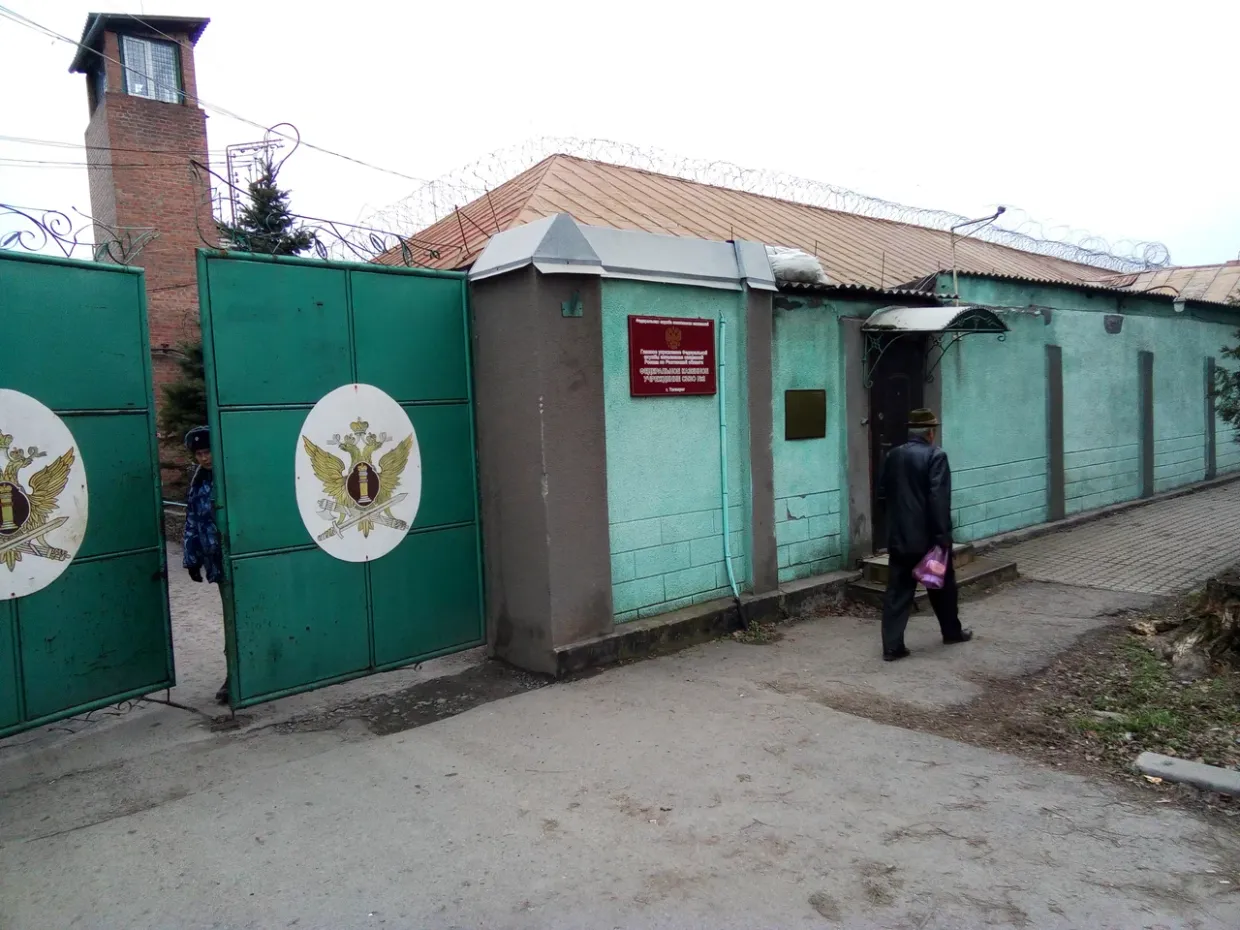
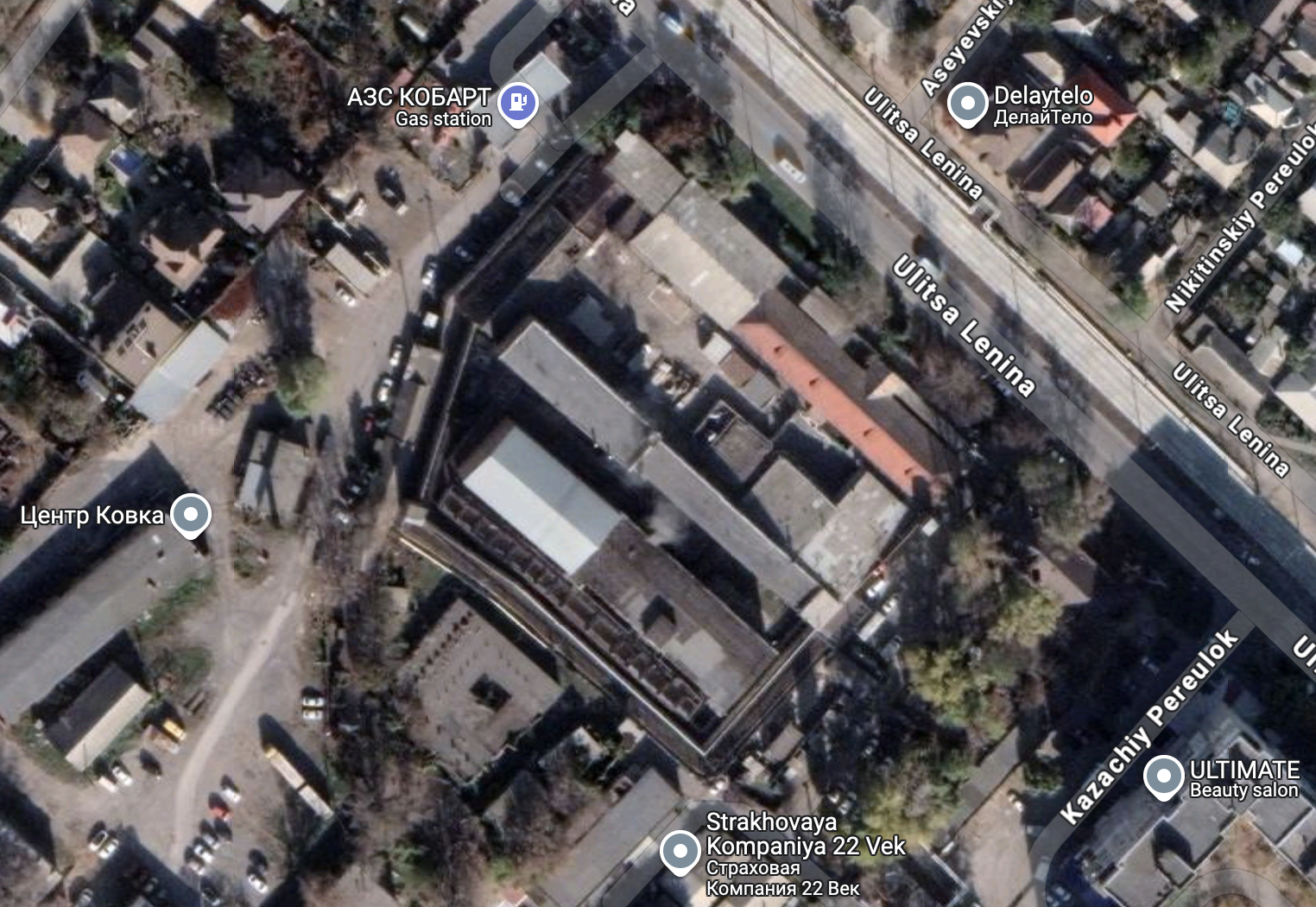
"And right away, as soon as you hit the floor, they started beating you, kicking, hitting with batons, using stun guns."
"It went on for several hours, while they were taking us through what they called 'intake.'"
He spent nine months there before being transferred to another facility in the city of Kamyshin, in Volgograd Oblast, enduring repeated interrogations accompanied by beatings and threats of death or rape, with almost no nutritious food or medical care provided.
"They would threaten to cut off ears or a nose, pressing a knife to the ear and starting to cut it slightly, causing bleeding, all meant to terrify and break the prisoners."
According to the United Nations, more than 95% of Ukrainian POWs have been subjected to torture in Russian captivity.
Electric shock torture was routine in Kamyshin, he says.
"When they used it, it felt like all your bones were breaking, like your muscles were torn apart. The pain was so intense, you'd end up smashing your head against the floor just to make it more bearable," Dubyna says.
"They'd lay you down, hook the electrodes, and run electricity through you. It's the kind of experience you never forget."
According to the United Nations, more than 95% of Ukrainian POWs have been subjected to torture in Russian captivity. Former detainees recount being brutally beaten, electrocuted, suffocated, and threatened with executions. Many come back with serious injuries, fractures, lost teeth, and signs of post-traumatic stress disorder.
With no connection to the outside world, Dubyna endured the horrors of Russian captivity by holding on to thoughts about his family and his girlfriend, Olha, whom he had dreamed of marrying.
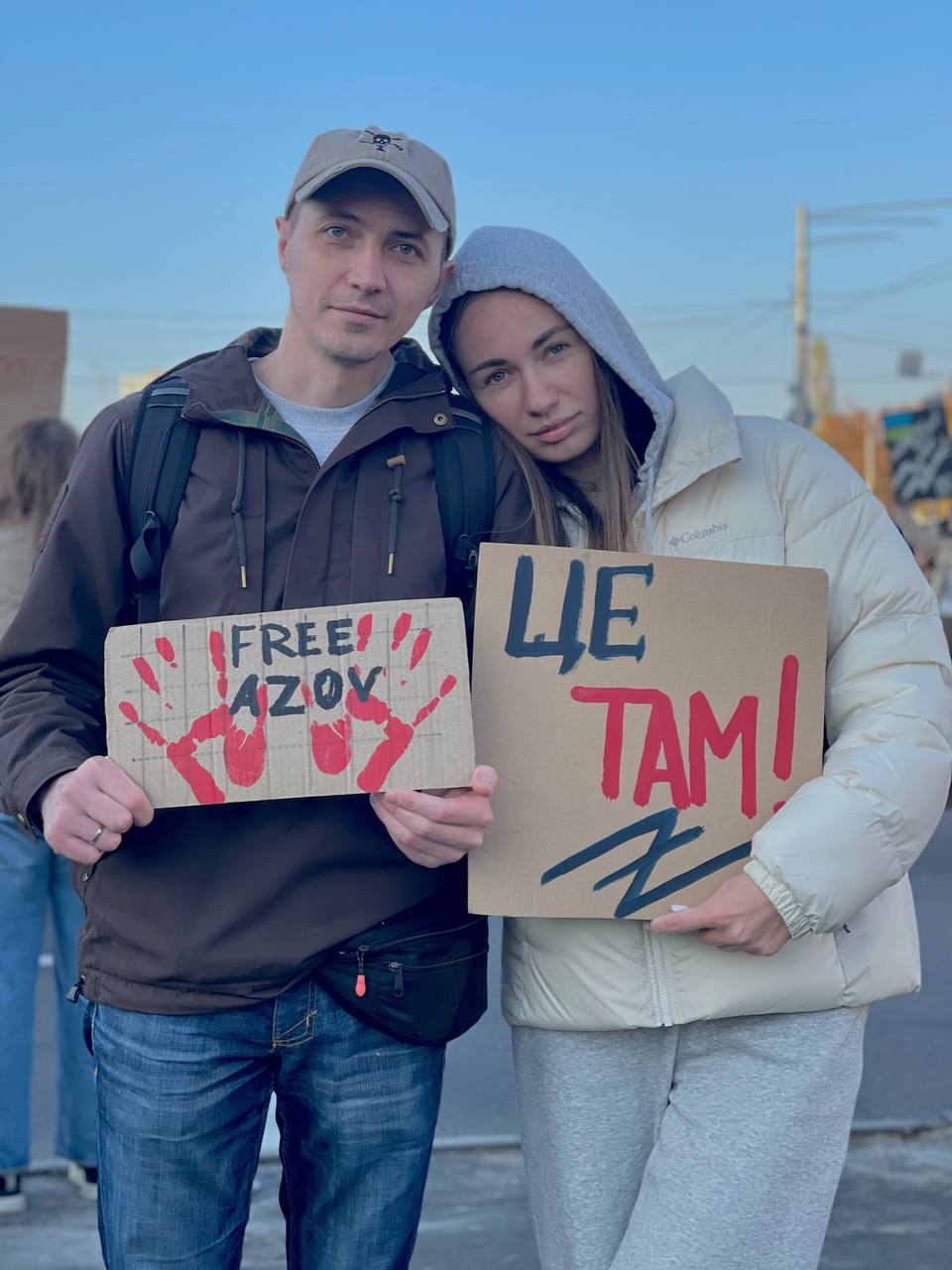
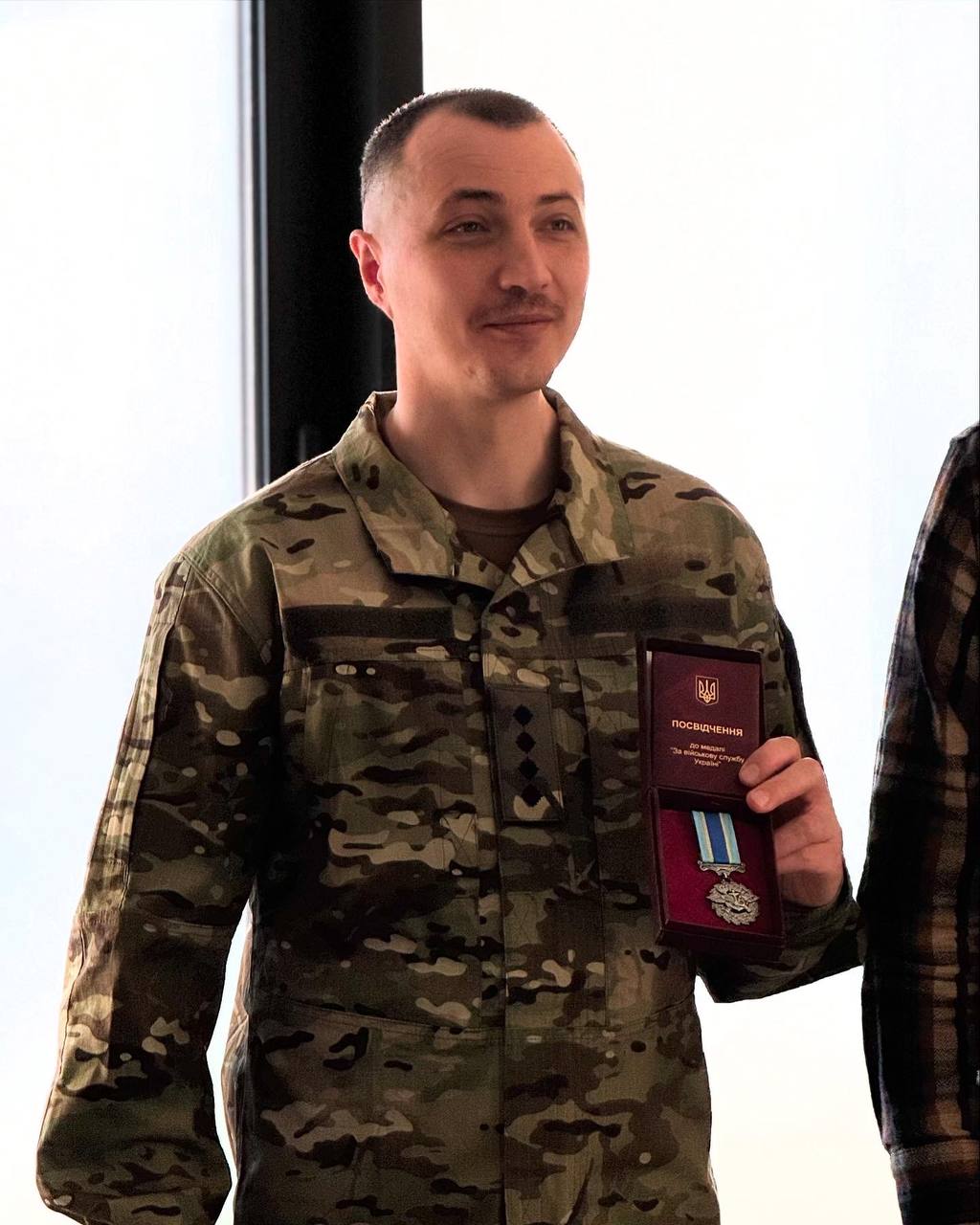
The long-awaited dream came true a month after Dubyna was released from captivity in September 2024.
"When you realize that you are back on free land, you're home… it was an indescribable feeling," he says.
"It's joy. It's the feeling of freedom, of lightness. You suddenly realize you no longer have to walk hunched over, that you can stand tall again, that you can look someone in the eyes when you speak, something that was unthinkable in captivity."
After returning to Ukraine, POWs receive medical care and are entitled to a leave – its duration depends on the state of their health – before returning to service. As Dubyna’s leave is almost over, he is getting ready to rejoin his Azov Brigade in its ongoing fight against Russian aggression and to help bring back Azovstal defenders from captivity.
"I'm returning to service, back to Azov, to continue fighting for the return of our comrades."
Note from the author:
Hi! Daria Shulzhenko here. I wrote this piece for you. Since the first day of Russia's all-out war, I have been working almost non-stop to tell the stories of those affected by Russia’s brutal aggression. By telling all those painful stories, we are helping to keep the world informed about the reality of Russia’s war against Ukraine. To fund our reporting, we rely on our community of over 18,000 members from around the world, most of whom give just $5 a month. We’re aiming to reach 20,000 soon — join our community and help us reach this goal.
‘Russians need to be taught a lesson’ – why foreign soldiers keep fighting for Ukraine amid growing uncertainty
Editor’s Note: This article contains graphic descriptions. Soldiers interviewed for this article are identified by their callsigns only due to security reasons. When Russia launched its full-scale invasion in 2022, shocking the world, thousands of foreigners flocked to defend Ukraine – many with little to no connection with the country. More

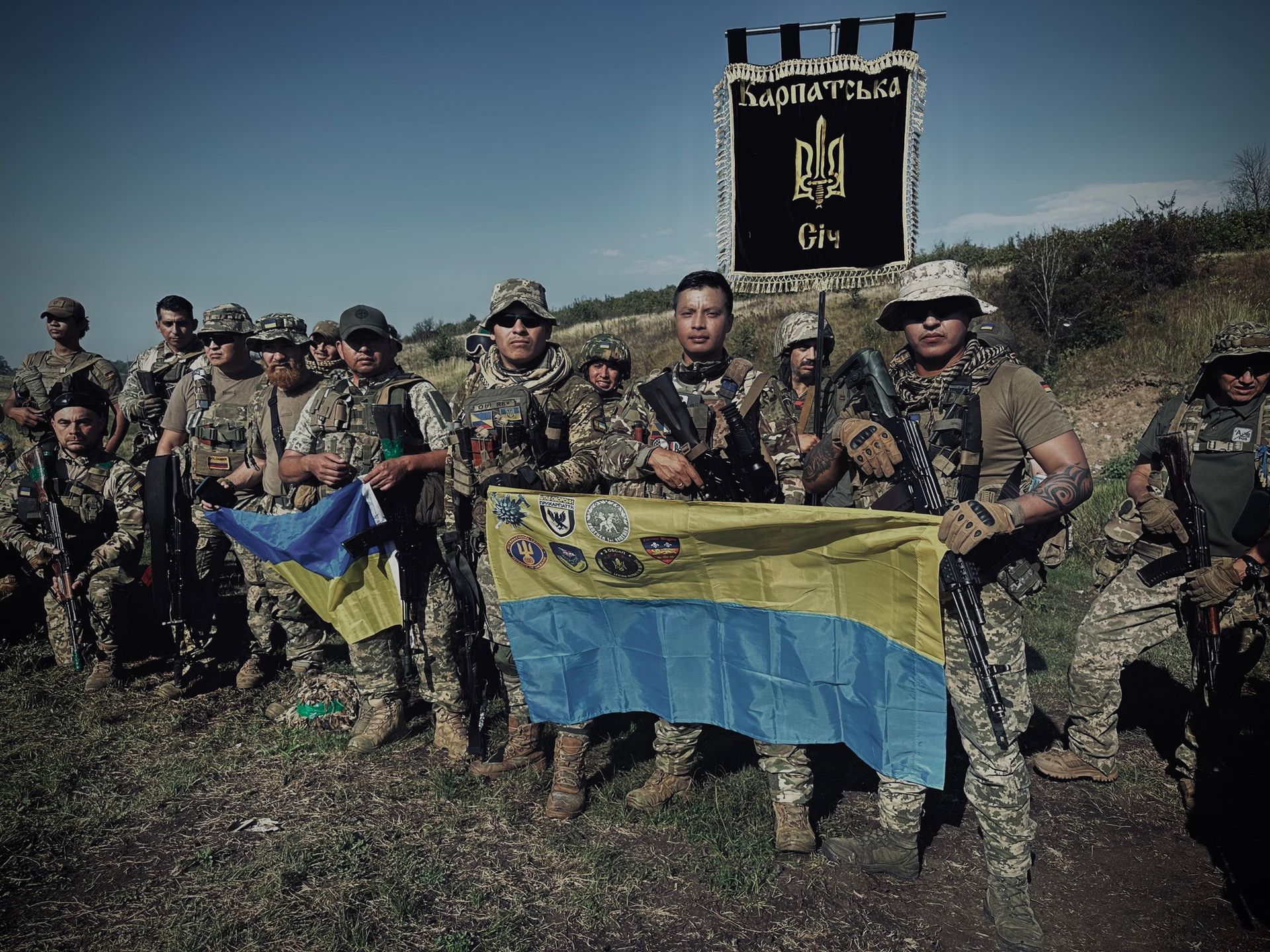
.png)
 German (DE)
German (DE)  English (US)
English (US)  Spanish (ES)
Spanish (ES)  French (FR)
French (FR)  Hindi (IN)
Hindi (IN)  Italian (IT)
Italian (IT)  Russian (RU)
Russian (RU)  1 day ago
3
1 day ago
3
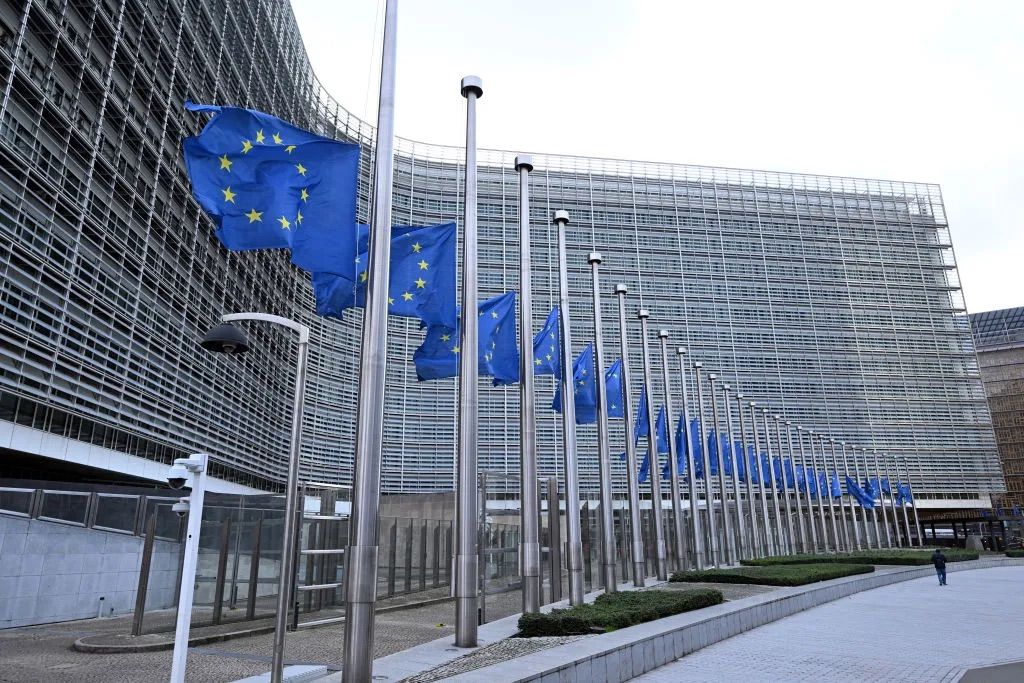
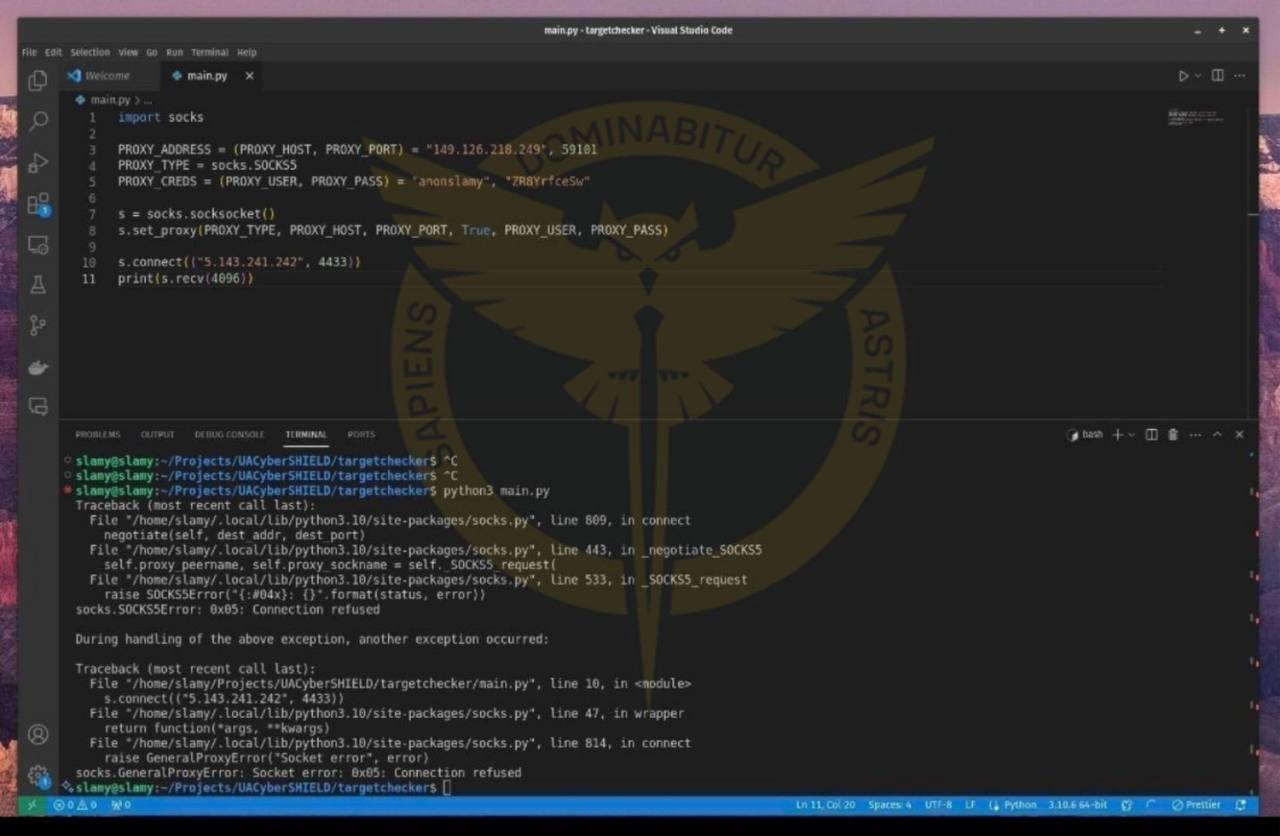
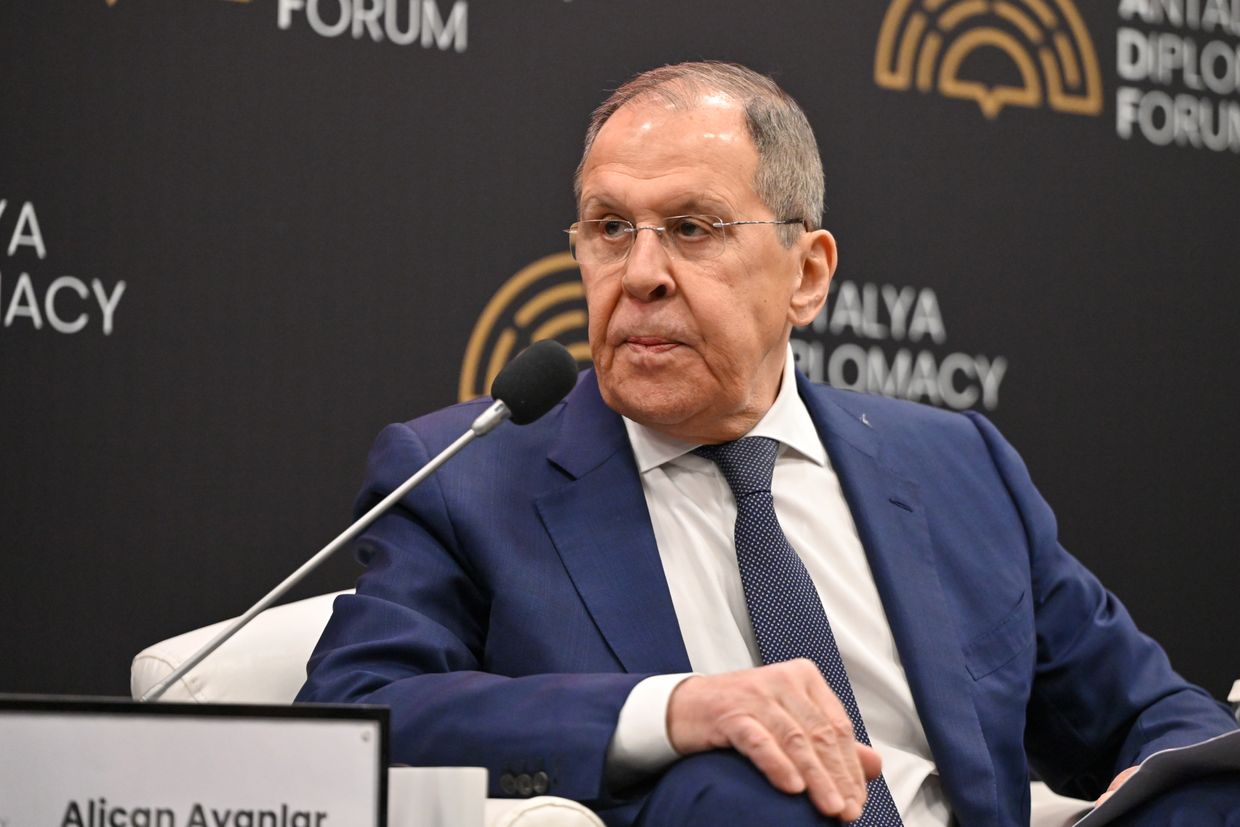

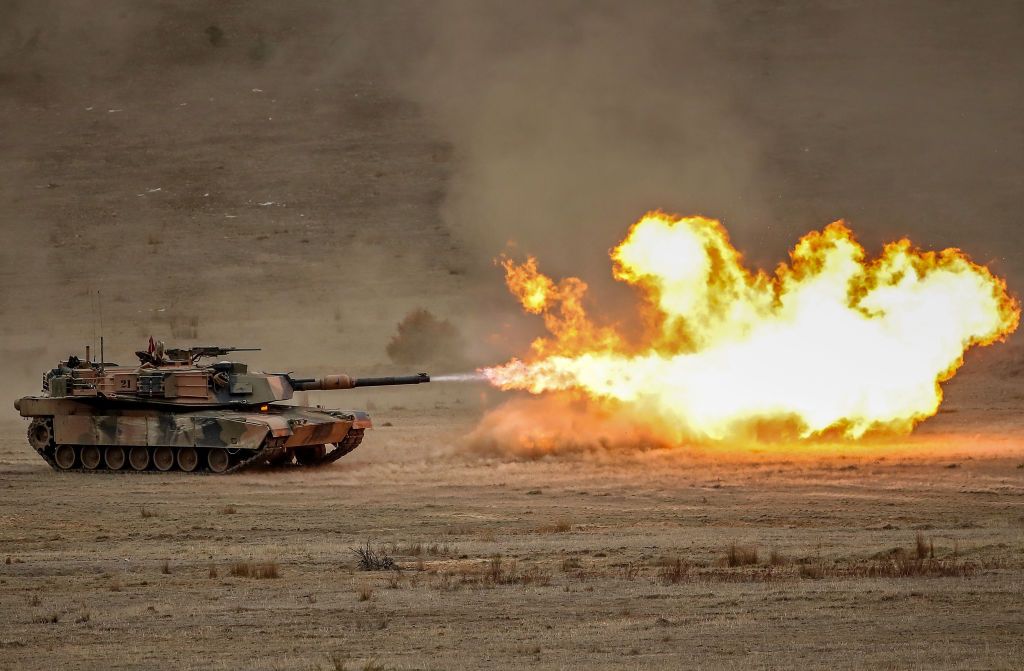




Comments